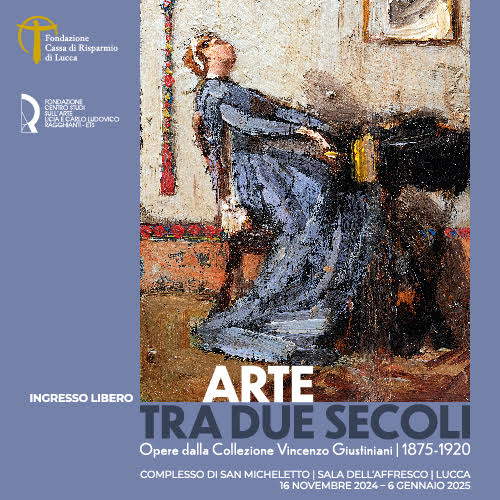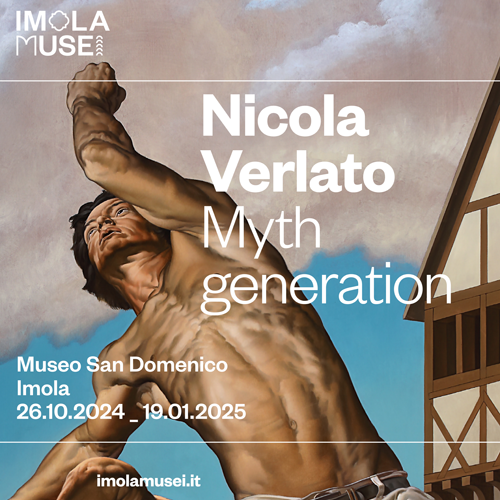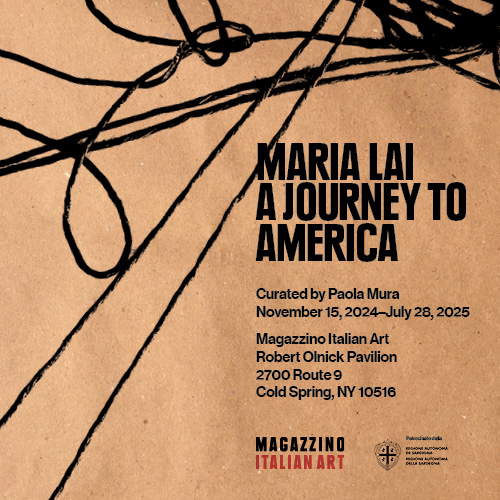The 10 most interesting archaeological discoveries of 2023
At the end of the year it is time for rankings, and as per tradition we begin our “best of” lists with the ten most interesting, discussed and significant archaeological discoveries of 2023. Here are what they were according to the selection of the editors of Finestre Sull’Arte, in chronological order.
1. Norway, the world’s oldest runestone (January)
The oldest runic stone in the world has been discovered in Norway: a runic stone is defined as a stone engraved with inscriptions in runic characters, the ancient alphabet of the Germanic peoples. The discovery dates back to the fall of 2021 but the news was not released until January 2023, ahead of an exhibition at the Museum of Cultural History in Oslo. The stone was discovered in a necropolis near Lake Tyrifjorden, in the territory of the town of Ringerike, during an archaeological excavation carried out by the Museum of Cultural History itself as part of a road and rail infrastructure development project between the towns of Sandvika and Hønefoss. Read the full story here.

2. Rome, a rare glass with a portrait of the goddess Rome (February)
In February, a valuable discovery was made in the excavations of Rome’s Metro C: near the Porta Metronia station, not far from the Colosseum, a very rare golden glass with the goddess Roma, or the personification of the ancient city, was in fact found. It already does not happen often to find a glass find in good condition, but a golden glass with a portrait of the goddess Roma is so far a unique case, the first one documented. Read the full story here.

3. Sudan, important Christian frescoes discovered, unprecedented for Nubian painting (April)
Despite the precarious situation in Sudan, in March (but the news was not released until early April) a team of Polish archaeologists from the Polish Centre of Mediterranean Archaeology at Warsaw University made an important discovery at the site of Dongola (Tungul in ancient Nubian), the capital of Makuria, one of the most important medieval African states. Indeed, archaeologists Lorenzo De Lellis and Maciej Wyżgoł unexpectedly stumbled upon an enigmatic complex of rooms made of sun-dried bricks, the interiors of which were covered with figurative scenes believed to be unique to Christian art. The discovery was made while exploring houses dating back to the Funj period (16th-19th centuries). To the researchers’ surprise, there was an opening under the floor of one of the houses that led to a small chamber, the walls of which were decorated with unique depictions. The paintings inside showed the Virgin Mary, Christ, as well as a scene depicting a Nubian king, Christ again, and the archangel Michael. Read the full story here.

4. London, remains of an important mausoleum discovered, the most intact ever found in Britain (June)
The remains of a Roman mausoleum have been found in London in an excellent state of preservation.According to the Museum of London Archaeology (MOLA) team credited with the discovery, this is an “incredibly rare” find. The mausoleum was discovered at the site of The Liberty of Southwark, exactly where some of the largest Roman mosaics ever found in London were discovered in February 2022. Of the mausoleum, the walls were found as well as some interior floors, including a mosaic surrounded by a podium on which burials were placed. It is, explains MOLA, which conducted the excavation on behalf of Landsec and Transport for London (TfL), the most intact Roman mausoleum ever discovered in Britain. Read the full story here.

5. Agrigento, at Valley of the Temples discovered rich votive deposit with 60 statues (Aug.)
A rich votive deposit consisting of at least sixty terracotta statuettes, female protomes and busts, oil lamps and small vases, and bronze fragments, mixed with a large number of bones, has been found at Agrigento in the Valley of the Temples. The objects were found in House VII b, which forms part of the housing complex north of the temple of Juno. The campaign is fully funded and supported by the Sicilian Region through the Valley of the Temples Archaeological Park, directed by Roberto Sciarratta, and is led by archaeologist Maria Concetta Parello. Read the full story here.

6. Giugliano in Campania, Tomb of Cerberus discovered, frescoed and in perfect condition (Oct.)
The Tomb of the Cerberus was discovered in October, within cultivated land in the municipality of Giugliano in Campania (Naples), as part of the program of works conducted by Acqua Campania for the “Completion and adaptation of the water supply system of the Flegreo Domitiana area,” the Tomb of the Cerberus: a chamber tomb, inviolate and in perfect state of preservation. The burial chamber has a perfectly preserved frescoed ceiling and walls with mythological scenes, Ichthyocentaurs supporting a clypeus on the front wall, festoons circling all around the chamber, and figurative representations. Read the full story here.

7. Turkey, prehistoric statue of a wild boar discovered (Nov.)
As part of a project resulting from a collaboration between Istanbul University and the German Archaeological Institute (a project aimed at shedding light on Turkey’s prehistory), very important discoveries have been made on a global scale: human and animal sculptures have been found. In fact, ancient statues were discovered including human statues and, unbelievable to say, a life-size statue of a wild boar in limestone, off-white. Read the full story here.

8. Sardinia, a huge treasure trove of Roman coins (Nov.)
Outstanding archaeological discovery in November in Sardinia: in fact, a rich deposit of follis, ancient bronze coins introduced around 294 with the monetary reform of Emperor Diocletian, dating back to the first half of the fourth century AD, was discovered in the sea of the northeast coast of the island, in the municipality of Arzachena. According to an initial estimate, made on the basis of the total weight of the find, the number of large bronze coins would be between 30,000 and 50,000. Read the full story here.
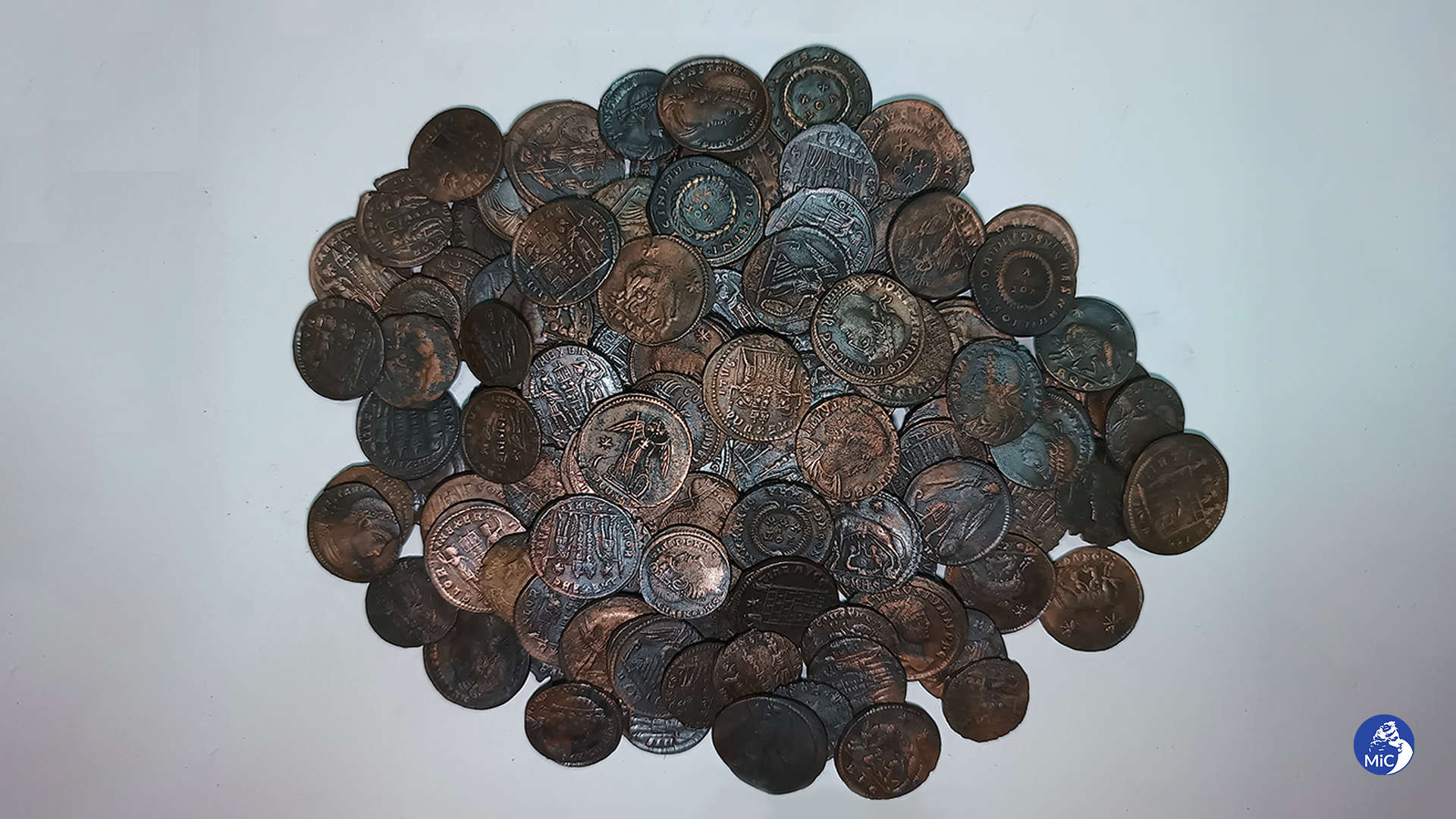
9. San Casciano dei Bagni, a two-meter marble Apollo from the sanctuary of San Casciano (Nov.)
A major new discovery emerges in November from the excavation of the Sanctuary of San Casciano dei Bagni (Siena), the same as the now famous bronzes discovered exactly one year ago. In fact, a youthful Apollo in marble about two meters tall, depicted while intent on hunting a lizard, a copy from a bronze original by Praxiteles (the so-called “Apollo sauroctono,” i.e., “Apollo slayer of the lizard”), has been found. The work was found along with a very special stone donarium with a bilingual inscription and many bronze, terracotta and crystal objects from which experts think they can glean important information about the life of the shrine. Read the full story here.

10. Rome, a domus with mosaic decorations without comparison (Dec.)
Extraordinary discovery in the heart of Rome. The Colosseum Archaeological Park, as part of a study and research project, has in fact unearthed some rooms of a luxurious domus from the late Republican age, some wall structures of which had been excavated in 2018, and once existed exactly in thearea where, in the Augustan age, the Horrea Agrippiana, the famous warehouses along the vicus Tuscus (a commercial road that connected the river port on the Tiber and the Roman Forum) built by Augustus’ son-in-law Marcus Vipsanius Agrippa, were constructed. Read the full story here.

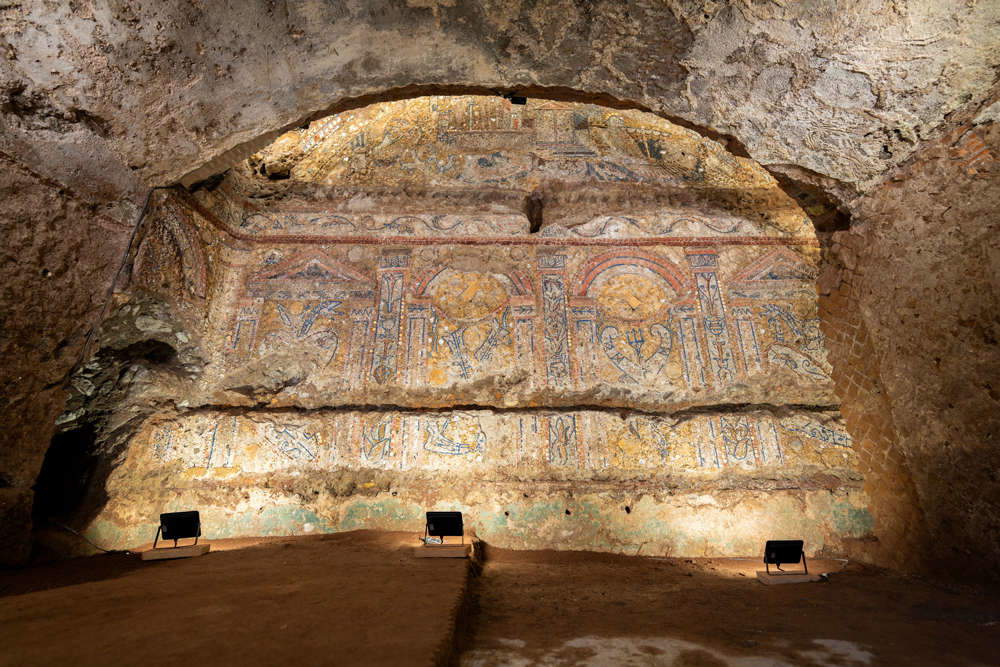 |
| The 10 most interesting archaeological discoveries of 2023 |
Warning: the translation into English of the original Italian article was created using automatic tools. We undertake to review all articles, but we do not guarantee the total absence of inaccuracies in the translation due to the program. You can find the original by clicking on the ITA button. If you find any mistake,please contact us.




